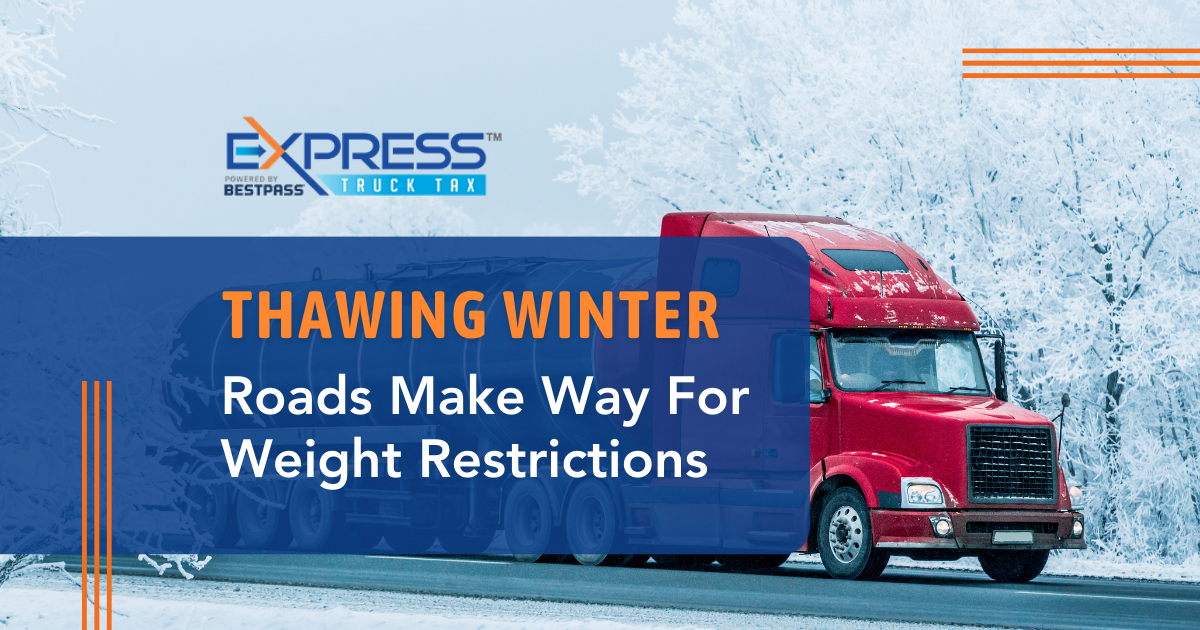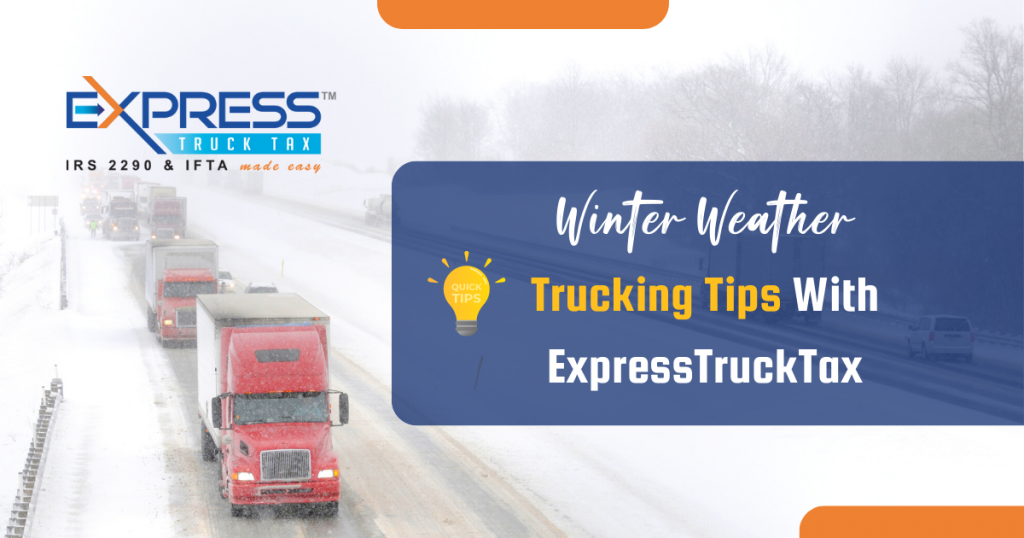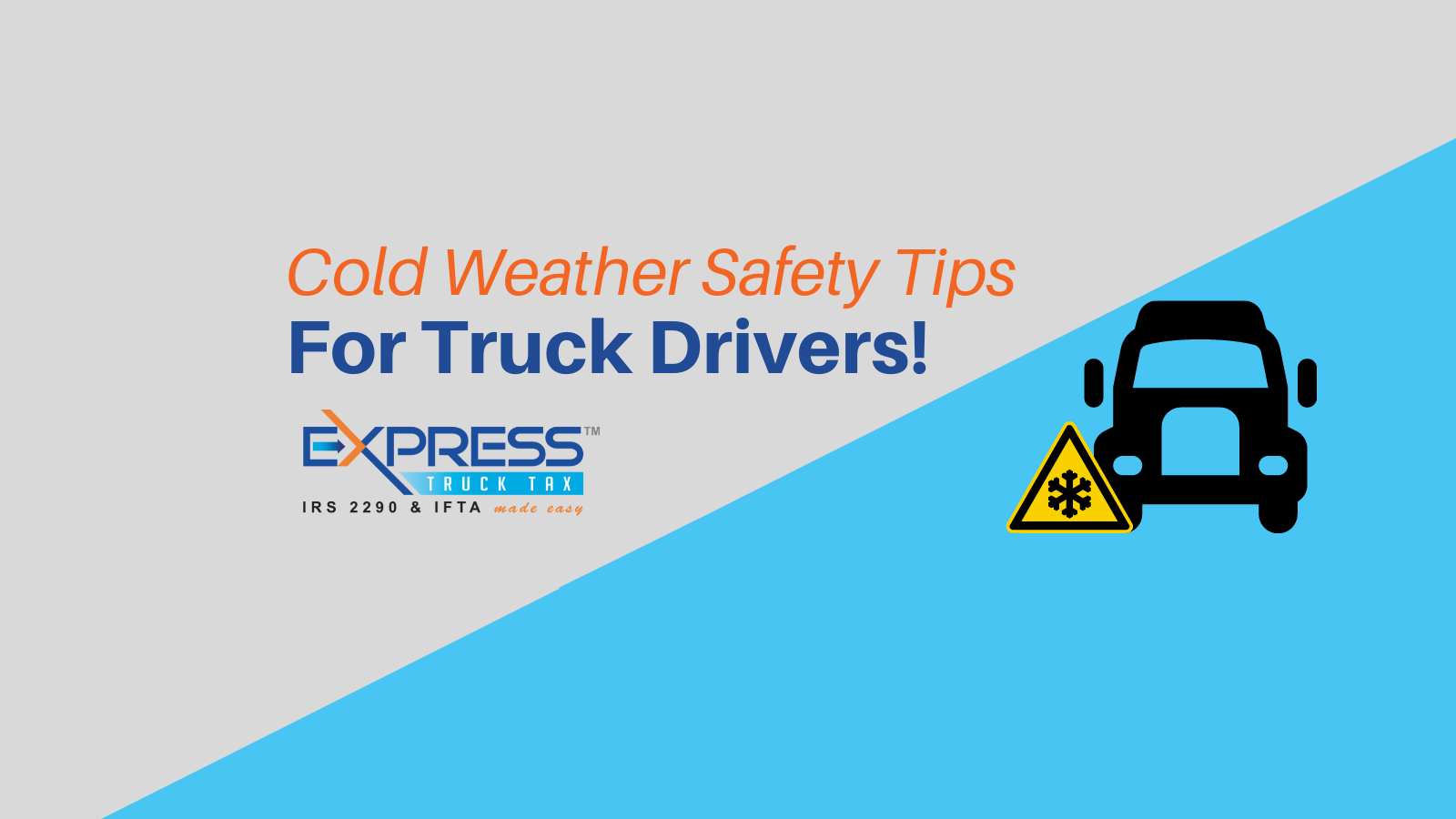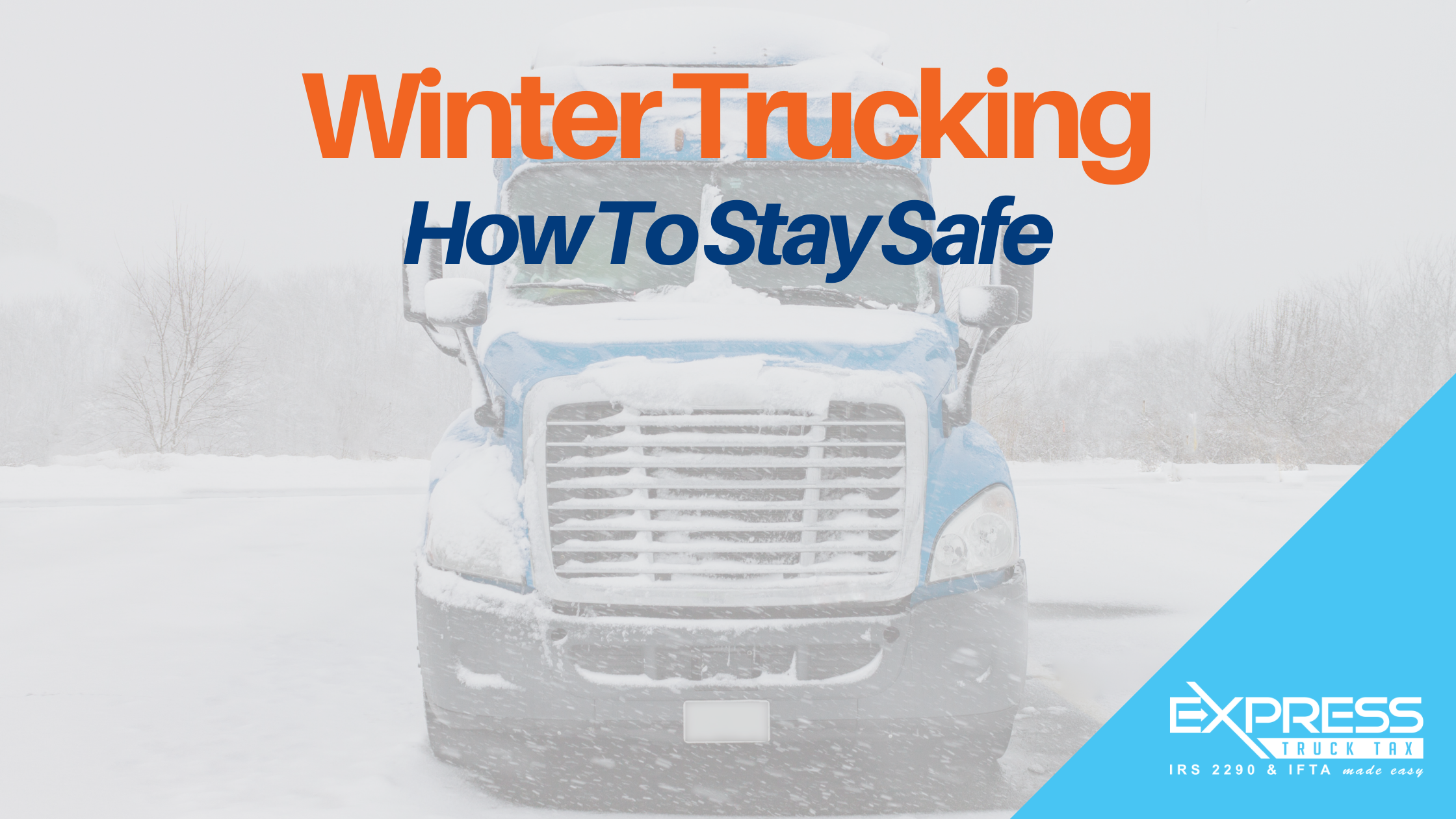
What is Frost Law?
In many northern states that get a lot of snow during the winter, roads as well as the ground underneath the roads freeze due to moisture trapped beneath roads. When spring comes and the weather starts warming up, the ground underneath roads starts to thaw which causes roads to be more vulnerable to damage during this time, the most common being potholes. This has caused many states and Canadian provinces to enact Frost Law, or Spring Load Restrictions.
Frost law is a law enforced on roads when the weight capacity of a road per vehicle and the speed limit is reduced significantly to prevent road damage. State and city governments determine the weight limit based on the temperature, moisture content in the soil, and overall road conditions. More weight limits are imposed on roads that are older. Roads made with more modern road technology significantly reduce the amount of moisture retained in the top layers of roads. Sublayers are still, however, subject to varying amounts of moisture.
When does Frost Law Occur?
Frost Law impositions depend on the state and the city that the road is located in. Roads are most susceptible to damage during the first few weeks of spring thaw. Typically Frost Law is enforced starting in March and ending around June, but this varies from state to state. Weight restrictions remain in effect until most of the moisture beneath roads has dispersed.
Where does Frost Law Occur?
Frost Law occurs in the following states:
Idaho
Iowa
Maine
Michigan
Minnesota
Montana
Nevada
New Hampshire
New York
North Dakota
Pennsylvania
South Dakota
Vermont
Washington
Wisconsin
Wyoming
Frost Law also occurs in the following Canadian Provinces:
Alberta
British Columbia
Manitoba
New Brunswick
Nova Scotia
Ontario
Prince Edward Island
Quebec
Saskatchewan
How to know which roads have what restrictions?
Each state’s website has a list of roads and their weight restriction information along with maps highlighting roads that are designated as all-season routes. These roads do not have a weight restriction due to Frost Laws and should be used when driving a vehicle that would be susceptible to these weight restrictions.
It is important to keep these weight restrictions in mind when traveling through these states and provinces. Traveling on roads affected by Frost Laws in a vehicle exceeding the weight limit can lead to major fines. Be sure to check and plan your route accordingly before you set off to avoid fines and damaging roads with heavy vehicles.


